Preservation Austin Announces Support for HOME Initiative with Preservation and Sustainability Bonuses
AUSTIN, TX (December 5, 2023) – Preservation Austin announces their support for the proposed HOME Initiative, to be voted on at this Thursday’s 12/7 meeting of Austin City Council. Our non-profit supports the inclusion of the Preservation Bonus and Sustainability Bonus in the proposed ordinance, which will strengthen HOME by supporting the preservation of existing housing and the affordable, sustainable, and cultural benefits that this housing embodies. The current status quo for land development in Austin privileges demolition over preservation – our research shows that between 2010 and 2021, Austin has averaged 514 residential demolitions per year. If adopted, these bonuses will support the preservation of historic streetscapes while adding neighborhood-scale density and make preservation a viable option for homeowners and developers who might otherwise choose to demolish.
“Balancing true preservation with meaningful development entitlements will change the math on what is preserved and what is demolished, and potentially lead to better preservation outcomes than Austin is witnessing today,” said Executive Director Lindsey Derrington. “The HOME ordinance will keep existing housing out of the landfill and preserve these smaller, older, more naturally occurring affordable homes for Austin’s families.”
The Preservation Bonus would exempt homes constructed before 1960 from a site’s FAR for projects adding new housing units to a property. Homeowners or developers could use that FAR for their new housing units in exchange for preserving 100% of the pre-1960 home’s street-facing facade, in addition to preserving at least 50 percent of the pre-1960 home’s structure overall. Review criteria for these projects must be based on historic preservation best practices, drawing inspiration from the citywide Historic Design Standards approved by City Council in 2022.
The Sustainability Bonus would exempt homes constructed after 1960 from a site’s FAR for projects adding new housing units to a property. Homeowners or developers could use that FAR for their new housing units in exchange for preserving 50% of the post-1960 home’s materials. This lower preservation threshold recognizes the challenges that this housing type presents.
Preservation Austin’s work is grounded in the belief that preservation can meaningfully support affordable and sustainable housing outcomes while maintaining our city’s history and culture. These goals should not be at odds, and these bonuses are an incredible opportunity to show that this is possible.
Preservation Austin thanks the City Council and the Planning Commission for seeing the value and promise in the Preservation Bonus and Sustainability Bonus amendments.
Infill development by Thoughtbarn-Delineate Studio in the Hyde Park Historic District (Photo: Andrea Calo)
BACKGROUND:
Since 2021, Preservation Austin and the Austin Infill Coalition have partnered to craft a reimagined Preservation Bonus that balances preservation with density to stem the tide of increased demolition due to development pressures. Our research shows that between 2010 and 2021, Austin has averaged 514 residential demolitions per year. Within this period Council Districts 3, 9, and 10 each experienced more than 1,000 residential demolitions; Districts 5 and 7 each experienced more than 800 demolitions; and District 1 saw more than 600. Research from ReUse People shows that the average size of a demolished home in Austin is 1100 sq ft, while research from AIA Austin’s Housing Advocacy Committee shows that new homes, often built in place of the smaller ones, average over 2,800 sq ft. Austin loses older, smaller, more affordable homes to larger, less affordable ones every day.
Austin’s existing tools for preserving these homes have not kept pace with demolitions. Historic zoning for individual landmarks and historic districts is extremely important, but its scope and reach is limited. To date, less than 1% of Austin’s parcels are protected from demolition by historic zoning. Since 2013, the City has designated an average of just eight local landmarks each year, and Austin, which has only eight local historic districts, has not seen a new district since the creation of Rogers-Washington Holy Cross in 2020. According to data gathered by Council Member Zo Qadri’s office, District 9 and District 3 contain the highest percentage of Austin’s older housing stock, with 65 percent and 37 percent of their homes built before 1960. Most of these homes will never become a city landmark or a contributor to a local historic district. The Preservation Bonus creates new possibilities for their preservation.

